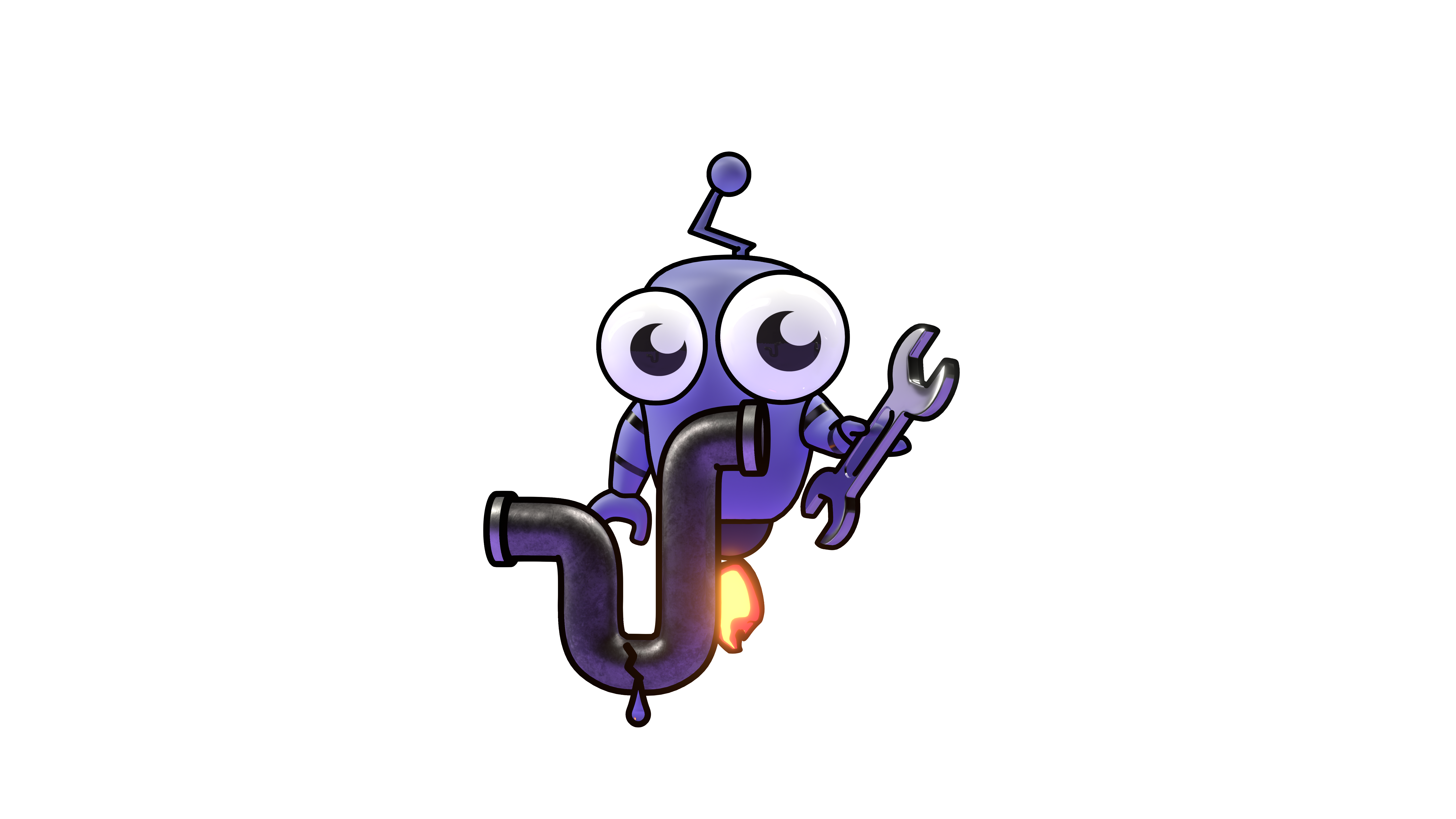Using AI Teammates in MS Teams
Learn how to interact with Kubiya AI Teammates in Microsoft Teams.
Using AI Teammates in MS Teams
You and members of your organization can instruct your Kubiya Teammates to perform tasks directly from Microsoft Teams. To do this, your organization must have the Kubiya Microsoft Teams app installed. If you haven't installed the Kubiya Teams app yet, follow our installation guide and then return to this page.
In this page, you'll learn:
- How to interact with your Kubiya Teammates in Microsoft Teams
- What a typical conversation with a Kubiya Teammate is like
Getting Started
Go to the Kubi Jr. app
In the left-side menu, select Kubi Jr. from your list of chats.
Start a new session
To start a new conversation with an AI Teammate, click the Start a new session button. This will create a new conversation and will not include any of the prior conversation as context.
Choose a teammate
After starting a new session, Kubi Jr. will prompt you to select a teammate. It will present a dropdown list of all your AI Teammates.
Choose your desired teammate, then click Confirm.
Greeting message
Your AI Teammate will send you a greeting message, elaborating on what operations it can perform.
For example, here's the greeting message from a Teammate that can perform tasks in K8s and Slack.
Say what you want
From here, just tell your AI Teammate what you want and continue the conversation from there. Your teammate will ask you for any information that it needs, share its progress and results of its tasks.
Using Kubiya in Team Channels
You can also add Kubi Jr. to team channels to make your AI Teammates available to everyone in that channel:
Add Kubi Jr. to a channel
Follow the steps in the installation guide to add Kubi Jr. to a team channel.
Mention Kubi Jr. in the channel
To summon Kubi Jr. in a channel, mention it with @Kubi Jr. followed by your request.
Interact in the thread
Kubi Jr. will respond in the thread, keeping the conversation organized and easy to follow for all channel members.
Using AI Teammates in team channels allows your entire team to benefit from and collaborate with your AI Teammates.
Breaking Down a Typical Conversation
After summoning your AI Teammate, a conversation has now started.
Where to see responses
Your Kubiya Teammate will respond to you directly in the chat. The conversation will be organized and easy to follow.
What your Teammate will respond
Conversations are dynamic, but generally speaking, the AI Teammate will try to understand what specifically you want it to do and collect any necessary details. If you've already specified some or all of these details in your initial message, the AI Teammate will only ask for what's still needed.
The ensuing conversation
Once your AI Teammate has the details it needs, it will begin executing the task. Each task is different, so the exact time and response will vary. Generally, the Teammate will update you on its progress. For tasks expected to take longer than a minute, your Teammate will let you know and continue operating in the background.
Debug Mode (for Admins): By default, Kubiya Teammates refrain from sharing too much information (TMI) while they're performing their tasks to not overwhelm you or members of your organization. When debug mode is enabled, the Teammate will share all information without filtering, which can be helpful for troubleshooting.
How it ends
After finishing the task, your AI teammate will send you a summary message, including any details or links that you need.
What to do next
- You can continue the conversation and ask the Teammate to perform additional tasks
- If you are an Admin, you may want to invite other members of your organization to use this Kubiya Teammate or to monitor usage and productivity gains in the Kubiya web app
Tips for Different Scenarios
Infrastructure Requests
When asking your AI Teammate to help with infrastructure:
Be prepared to provide:
- The purpose of the environment
- Specific versions needed
- Any configuration requirements
- Timeline expectations
Best Practices
- Be specific in your requests to get the most accurate and efficient response
- When discussing multiple topics, start a new session for each distinct task
- Use team channels for collaborative tasks where multiple team members need to see the results
- Include relevant links or references in your initial request when applicable
- Provide feedback to help improve your AI Teammates over time
Troubleshooting
If you encounter any issues when using your AI Teammates in Microsoft Teams:
- Ensure you've selected the appropriate teammate for your task
- Try starting a new session if the conversation seems stuck
- Check that your teammate has the necessary permissions to perform the requested action
- Contact your administrator if you're unable to see all expected teammates
- Make sure your Microsoft Teams app is up to date
